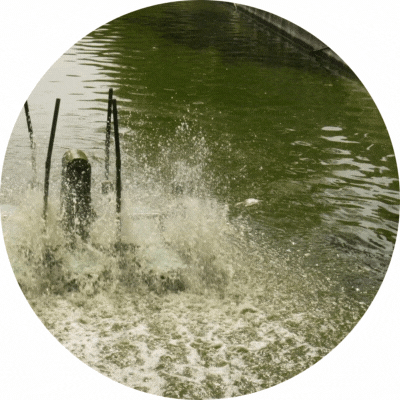Understanding Biochemical Oxygen Demand (BOD) as an integral parameter in wastewater management
April 29, 2023 | Environmental Lab
With the increasing concerns of climate change, many countries gained increasing interest in sustainable water management. Thus, including monitoring and treatment of wastewater and its existing systems.
One of the parameters in wastewater handling includes Biochemical Oxygen Demand (BOD). BOD is central to measuring the amount of oxygen consumed by microorganisms as they break down the organic matter in the water. This value is a combination of Chemical Oxygen Demand (COD) and Total Organic Carbon (TOC) which are indicators of contamination in water samples. The higher the BOD values, the more organic matter present in the water, thus the more polluted the water is considered to be.
At present, the standard method for water testing as per Environmental Protection Agency (EPA) adopts DIN 38 409-H52 / EN 1899-2 which are respirometric methods. Standard BOD values utilized BOD5 and BOD7 as they produce reliable and reproducible results. Both methods, however, vary only in terms of the days it takes to perform them. BOD5 requires five days while BOD7 takes a longer period of time.
The measurement of the BOD value is influenced by temperature, pH value, and is dependent on a sufficient amount of oxygen and nutrient content–and the carbon-nitrogen-phosphorus (CNP) ratio.
Currently, there are several respirometric tools that can be used to determine BOD values. Scientists see BOD as an integral measurement in wastewater treatment as it allows the determination of how much should be done to mitigate pollution-causing sources.
BOD is also an important value that allows ongoing research to improve methods and strategies to perform wastewater treatment. Currently, a variety of treatments are employed to reduce BOD in water including:
H2O2/UV, O3/UV, Fenton's reagent (H2O2+FeSO4), and other advanced oxidation processes.
Using alum or cationic polymers for coagulation.
Flocculation and sedimentation (e.g., chitosan, isinglass, polyelectrolyte).
Activated charcoal is used for adsorption.
Flocculation with electricity.
Using an anaerobic sludge blanket reactor with up-flow (UASB).
Reverse osmosis.
Dissolved air floatation technique

